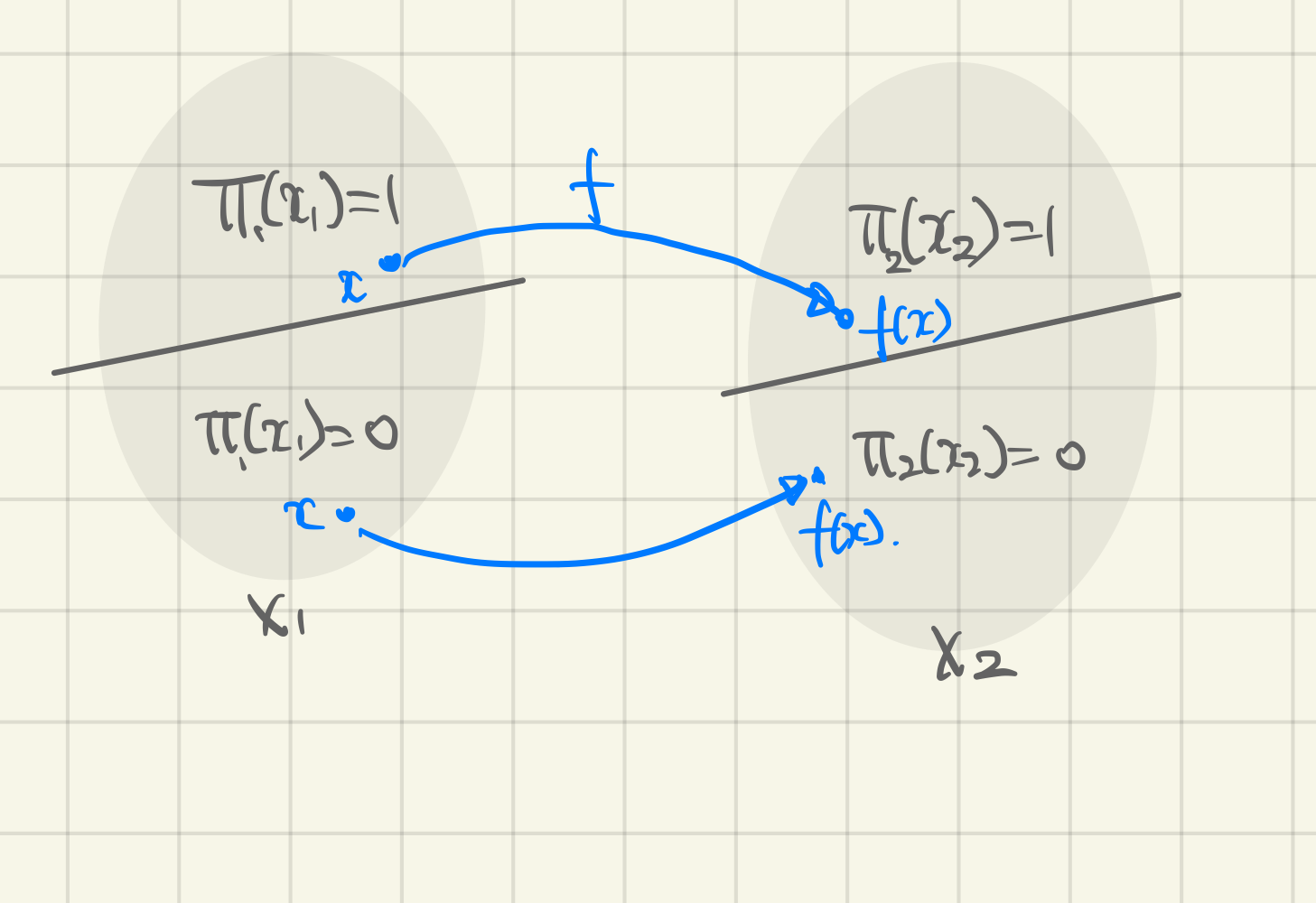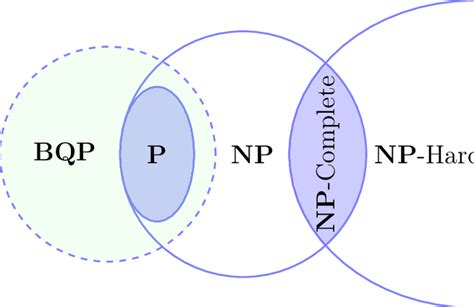Definitions
thm. Satisfiability Reducibility. All problems can be reduced to boolean satisfiability problems.
- Optimization problems: choose some , then ask “is there a solution ?, ?” => Then do a binary search on or
def. Computationally tractable problems. There exists a polynomial time algorithm for the solution. The set of all computationally tractable problems is denoted .
- Most problems in CS 330 Advanced Algorithms
thm. Polynomial Reduction. Problem that is an element of can be reduced to problem problem which is also in , if there exists a function such that:
- takes polynomial time to complete
- can be a many-to-one function
- This is denoted
- Visually:

- Implications of when
- is at least as hard as .
- P-time:
- If is a P-time problem and
- ! If the input size to which is is bounded by
- Then is also a P-time problem
- NP-hardness:
- If is NP hard → is also NP-hard
- & Techniques for reduction of
- Process:
- If is a min/maximization problem, convert it to a decision problem
- If construction is needed, construct from to : domain
- ! The construction may not suppose you know the answer .
- If it’s a graph, it should apply to any graph
- If it’s a set, it should apply to any set
-
- If there is something like “exists solution of size ” in , this will probability be present in as well
- Prove that if answer to in domain , that implies answer to in domain .
- Prove that if answer to in domain , that implies answer to in domain .
- Proven!
Complexity Classes
Complexity classes are an extension of the Chompsky Heirarchy.


- P (Polynomial Time)
- NP (Nondeterministic Polynomial Time) The certificate exists that can be verified in polynomial time. A non-deterministic Turing Machine can solve it in polynomial time because it has many paths.
- co-NP
- problem :luc_check_circle:
- problem is an open problem See Whats the difference between NP and co-NP - Stack Overflow
- NP-complete: Problems where any NP problem can be reduced into in polynomial time.
- If there is any NP-complete problem that can be shown to be solved in polynomial time, then P=NP.
- thm. Cook-Levin Theorem. CNF-SAT is NP-complete.
- & To prove a decision problem is NP-complete
- Show i.e. certificate can be checked in poly-time
- Show where is known NPC problem by…
- from solution of , construct solution of
- show that is solution for if and only if is solution for (both ways needed to show that non-solutions are non-solutions)
- “Completeness” can apply to any complexity class. It means that it is the “hardest” problem in that class.
- NP-hard: Problems that are at least as hard as all NP (and NP-complete) problems
- Equivalently, Problems that are as hard or harder than all NP problems
List of Problems and Reductions
NP-Complete Problems
- CNF-SAT (Cooke-Levin Theorem)
- 3-SAT
- Independent Set Problem
- Common Graph Problems Problem
- Subset Sum Problem
- Common Graph Problems
- Traveling Salesperson Problem
Karp’s 21 NP-complete problems - Wikiwand Category:NP-complete problems - Wikipedia (DevonThink) NP-complete Reductions